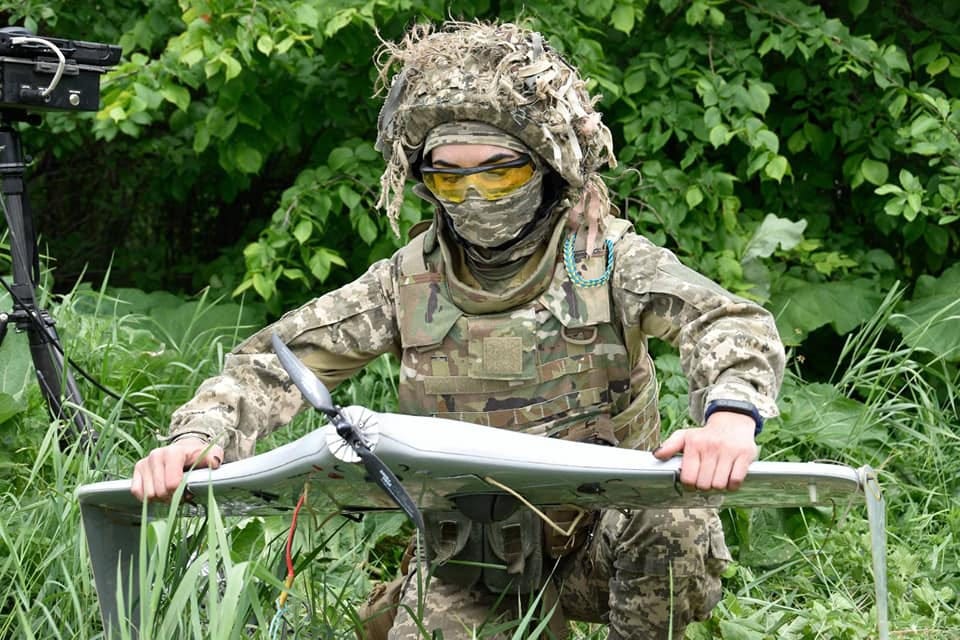In A Year, Vladimir Putin Has Destroyed Two Countries
The crimes against Ukraine are unspeakable, but a year of war has also been a catastrophe for Russia
Happy Friday, friends—there is so much going on, but today I want to reflect on the war in Ukraine one year on. Potential new subscribers should be able to peek behind the paywall, so if you know someone who might be interested in this post, please:

At 4:00 a.m., Eastern European Standard Time, February 24, 2022, Russian troops crossed the borders of the sovereign nation of Ukraine.
The Russians mainly came from the east, accompanied by a barrage of missiles aimed at Ukraine’s major cities. But they also came from the Donbas region in the southeast, where Russian-backed separatists had declared the Donetsk People's Republic and the Luhansk People's Republic, and Crimea: these parts of Ukraine have been occupied by the Russian Federation since 2014.
At 4:50 a.m. EET, Russian President Vladimir Putin went on air to announce that he had launched not an imperial war of occupation but a “special military operation” intended to “to protect people who have been subjected to abuse and genocide by the Kyiv regime for eight years.”
Even at a distance, this scenario was unbearably enraging, sad, and terrifying, the culmination of a months-long campaign of disinformation, intimidation, and baseless charges by the Putin government that Ukrainian fascists were murdering ethnic Russians. This playbook, which Putin also used in the Donbas and before occupying Crimea, is so old that even schoolchildren in Florida and Texas probably know it. In 1938, Nazi Germany initiated the partition of Czechoslovakia, based partly on false claims that ethnic Germans were being persecuted in the mineral-rich Sudetenland. In 1939, a false flag operation in eastern Germany also led to a joint invasion of that country by Germany and the Soviet Union.
This is what dictators do: they assemble a new reality and expect the rest of us to live in it. In the days leading up to the attack on Ukraine, it was clear that despite almost universal condemnation, nothing would deter Putin from a destructive, illegal, and unprovoked war except for the complete capitulation of the Ukrainian government. This was not forthcoming. The night before the attack began, I watched the news obsessively: in Kyiv, the capitol, cafés, restaurants, and bars stayed open all night as the city’s inhabitants enjoyed the last calm they would enjoy until the war was over.
Now many of those people who ate, drank, and probably said goodbye to each other that night are dead or displaced. An estimated 8 million Ukrainians are in exile, 1.5 million in Poland alone, with tens of millions of others forced from their homes but still in Ukraine. The United Nations estimates that there have been 8,006 Ukrainian civilian deaths, a number expected to quadruple once more Russian-occupied areas can be investigated. In addition, there have been around 200,000 military casualties on both sides. The British Ministry of Defence calculates that between 40,000 and 60,000 Russian soldiers have been killed outright, a number which is rising rapidly as generals fling hungry, poorly-trained, ill-equipped troops against Ukrainian defenses, World War I-style.
Targeting Ukraine’s civilian populations, hospitals, schools, and cultural sites, something we had seen in the Syrian War from Russian forces supporting the Assad regime, has been relentless. In addition, areas subject to Russian occupation have been sites of looting, death, torture, rape, and deportation, with civilians sometimes allowed to leave the war zone—but only if they go east into Russia. There, their Ukrainian identification documents are replaced with Russian ones, making them Russian citizens.
Then there is the forced migration of Ukrainians. A month after the war began, Ukraine claimed that 402,000 civilians and 80,000 children had been deported to the Russian Federation. According to the Canadian Broadcasting Company, the Putin government verified that number but claimed that “they wanted to go to Russia.”
Those numbers have only increased, with only 1,762 Ukrainians, mostly prisoners of war, repatriated in the last year. And some numbers are even more devastating: Russia is accused of kidnapping hundreds of thousands of Ukrainian children, often taking possession of them under the pretense of taking them to camp or on a seaside holiday. Although only 16,221 children have been verified as being in Russian custody, Ukraine’s National Information Bureau claims the number may be as high as 738,000. Only 307 children have returned. And the Yale Humanitarian Research Lab reports that there are 43 Russian camps and boarding schools whose sole purpose is to “re-educate” Ukrainian children before putting them up for adoption to Russian families.
Keep reading with a 7-day free trial
Subscribe to Political Junkie to keep reading this post and get 7 days of free access to the full post archives.



